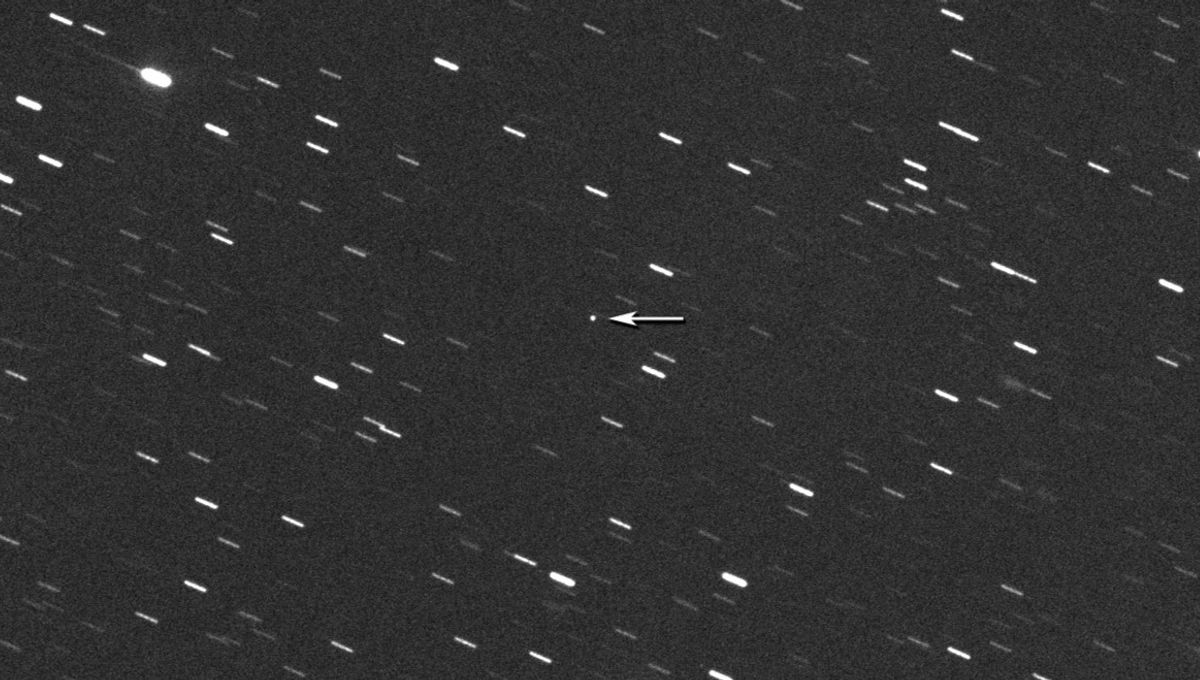
There are a lot of asteroids around us this weekend, and the biggest of them all is known as asteroid 612356 (2002 JX8). As space rocks go it is a very dangerous one, because it would cause widespread devastation if it were to hit. Luckily, it flew by farther out than the Moon, so we can enjoy the flyby without fear.
2002 JX8 is a sizable rock. It is estimated to be around 290 meters (950 feet) across. NASA describes it as “stadium-size”, but Michigan Stadium in the US or Camp Nou in Spain (among the biggest stadiums in the world) might actually be smaller than this impressive rock. The asteroid flew 4.21 million kilometers (2.6 million miles) away, almost 11 times farther than the Moon. This was its closest approach to Earth until May 21, 2090, which will be at a similarly safe distance.
Asteroids, especially and fortunately those near Earth, are small, so they are dim. But this close approach allows for observations, and the team at The Virtual Telescope Project have got a livestream to share the space rock with everyone who might not have had the right conditions to see it.
“This 230–510 meters large asteroid will reach its minimum distance (about 4.2 millions of km, 10.9 times the average lunar distance) from us on 9 May 2025, at 11:02 UTC. Of course, there are no risks at all for our planet,” wrote Gianluca Masi, founder of The Virtual Telescope Project, in a recent blog post.
You can watch the recording of the livestream below.
There are four other asteroids flying by this weekend, all house-sized and all much farther away than the Moon. It is not surprising or peculiar to have a busy weekend. So far, we have discovered 38,366 near-Earth objects and of which 2,480 are potentially hazardous. There is more work to be done in protecting our Earth from asteroids.
Still, the system we currently have is working. We took a look behind the scenes when the 2024 YR was at risk of hitting us (now it risks hitting the Moon).
Source Link: Watch As Stadium-Sized Asteroid, Largest Of 5, Flies By Earth